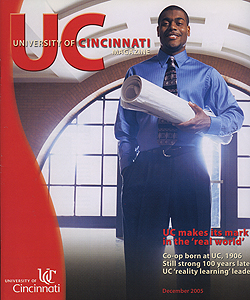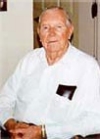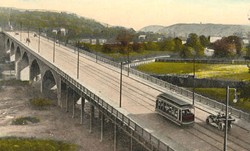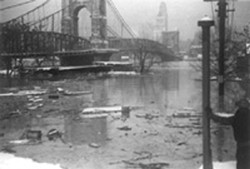Marian Brant, Eng '30, and UC cooperative education: both headed for centennial celebrations
When the train from Lebanon stopped at Oak Street in the fall of 1924, University of Cincinnati freshman Marion Brant would hurry off to find a streetcar that went past Mrs. Sponsel's boarding house on Moerlein, near the campus. It was his every-two-week routine as a UC freshman mechanical engineering co-op.




